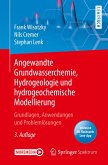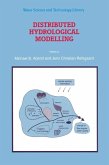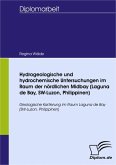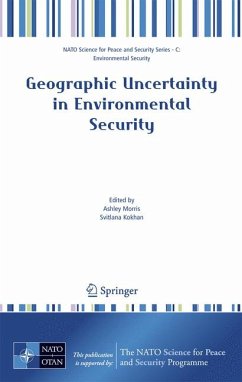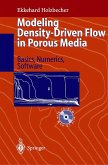This textbook develops the basic ideas of transport models in hydrogeology, including diffusion-dispersion processes, advection, and adsorption or reaction. The book serves as an excellent text or supplementary reading in courses in applied mathematics, contaminant hydrology, ground water modeling, or hydrogeology.
Dieser Download kann aus rechtlichen Gründen nur mit Rechnungsadresse in A, B, BG, CY, CZ, D, DK, EW, E, FIN, F, GR, HR, H, IRL, I, LT, L, LR, M, NL, PL, P, R, S, SLO, SK ausgeliefert werden.
From the reviews: MATHEMATICAL REVIEWS "This is a very interesting book in interdisciplinary applied mathematics. The book deals with the interplay between mathematics and hydrogeology, via modeling and analysis in terms of partial differential equations for transport and reaction of solutes in the groundwater. The models are simple but the results are illuminating." "This book is a very well-written monograph which discusses the theory and some analytic solution methods for a number of the partial differential equations ... . The book is designed to appeal to both the mathematics and the applications communities, and it does a good job of presenting interesting material on both aspects. ... A mathematics student ... could still learn a great deal from the numerous examples included. ... The typography in this book is attractive, the figures are clear ... ." (J. Koplik, Applied Mechanics Reviews, Vol. 55 (4), 2002) "This is a very interesting book in interdisciplinary applied mathematics. The book deals with the interplay between mathematics and hydrogeology, via modelling and analysis in terms of partial differential equations for transport and reaction of solutes in the groundwater. The models are simple but the results are illuminating." (Jinqiao Duan, Mathematical Reviews, Issue 2002 j) "The overall approach is a rather gentle and pedagogical one, with no deep prerequisites taken for granted, and a considerable number of exercises are provided for the student. ... a few Matlab or Maple programs are provided in the appendix." (H. Muthsam, Monatshefte für Mathematik, Vol. 139 (1), 2003) "The book focuses on the joint subject areas of Applied Mathematics and Hydrogeology. ... The index is detailed and the book is very well referenced. ... This is an excellent book which should be read by geologists, civil engineers, applied mathematicians and researchers in the hydrogeology subject area. The book is illustrated with several exercises which are designed to extend ideas rather than reinforce concepts." (Kehinde Oduyemi, Journal of the Institution of Water and Environmental Management, November, 2002) "The present monograph ... may be used as a compendium of various simple mathematical models that help to understand transport in hydrogeology ... . The book is an excellent textbook in applied mathematics accessible to graduate students of geology, especially contaminant hydrology, ground water modelling and hydrogeology, as well as civil engineering." (Claudia-Veronika Meister, Zentralblatt MATH, Vol. 982, 2002)



